Antigua and Barbuda dazzle with their rich history and culture. Indeed, the people there have a deep appreciation for their heritage, which makes these islands some of the best to visit if interested in learning more about indigenous cultures. And, let’s not forget that the island nation of Antigua and Barbuda is home to some of the most beautiful beaches in all the world, featuring pristine white sands and clear blue waters. Plus, plenty of historic sites and cultural experiences that are hard to find anywhere else in the Caribbean. No wonder it is on top of the list of travellers looking for an exotic vacation spot offering myriads of things to do and places to visit – places like the ones listed below!
Antigua has 365 Beaches!

Everyone knows Antigua for its 365 beaches. But it's not just about the sand and sea; Antigua's beaches are also well known for their white sand and clear blue waters. The scenery is beautiful, with palm trees swaying gently in the breeze, making you feel relaxed just by looking at them. Among the most popular ones, are quintessential and cosmopolitan 1.5-kilometres-long (one mile) Dickenson Bay, white-blonde sand Fort James Beach with the 8th-century ruins of the impressive Fort James, Hawksbill Bay beaches, and family-friendly and balmy Ffryes Beach. Also, the isolated Rendezvous Bay (only accessible on foot or by private yacht), tree-flunked sand Pigeon Point Beach that is also home to 18th-century Nelson’s Dockyard – a UNESCO World Heritage Site - and the hugely Instagrammable and snorkelling haven Half Moon Bay.
Nevis Street and Redcliffe Quay
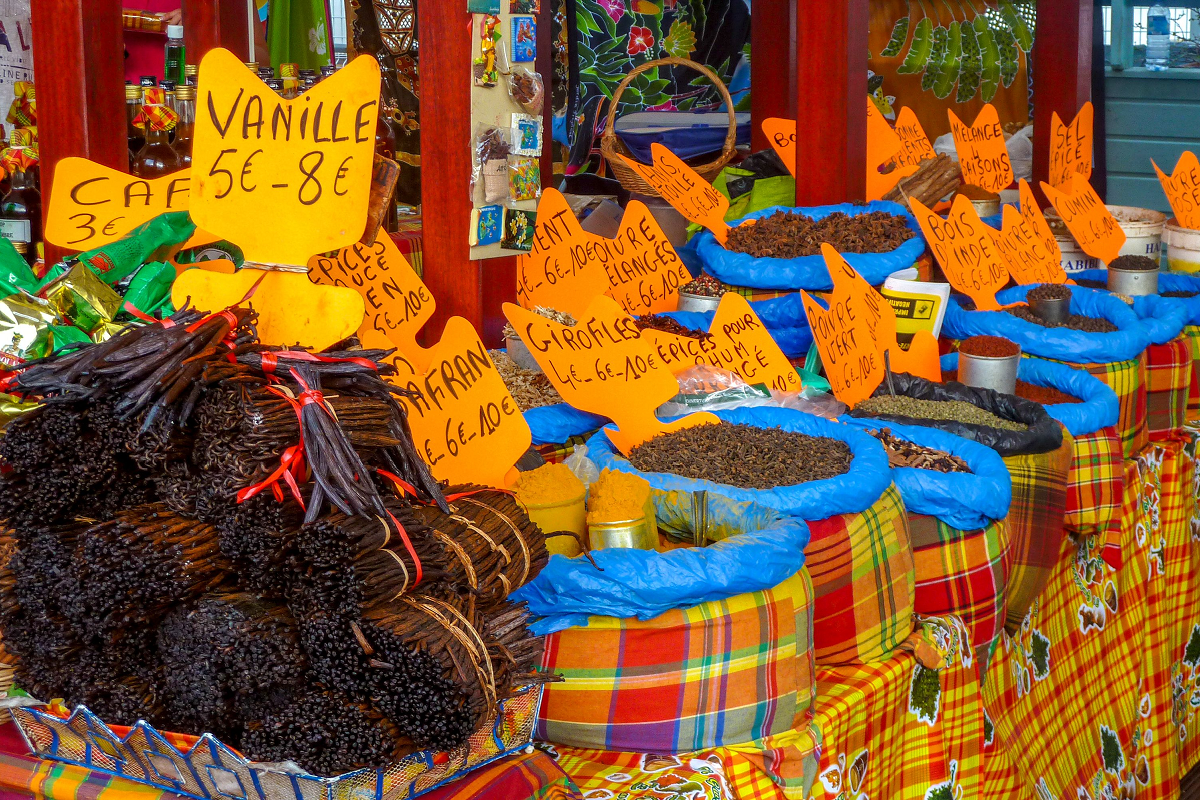
You’ll find a little taste of Barbados in St. John’s, with Nevis Street and Redcliffe Quay both providing a great opportunity for shopping and dining. Nevis Street is one of the most popular streets in St. John's, with many shops and restaurants lining this street. It is also home to some of Antigua & Barbuda's most famous landmarks such as Government House (official residence of the Governor General) and Antigua National Museum. As for Redcliffe Quay, it is a waterfront promenade that runs along the eastern shore of English Harbour, and an area that has become quite popular recently as it houses many shops, restaurants, bars and hotels along its length.
Bonus: For exquisite shopping experiences, consider heading to The Heritage Quay, the main shopping area in St. John's, Antigua. On Saturdays, the lively market sells fresh produce from local farmers, while there are also charming art galleries along the street where you can purchase local artworks by talented local artists. If for anything else, this area is a great place for people-watching!
Shirley Heights Lookout
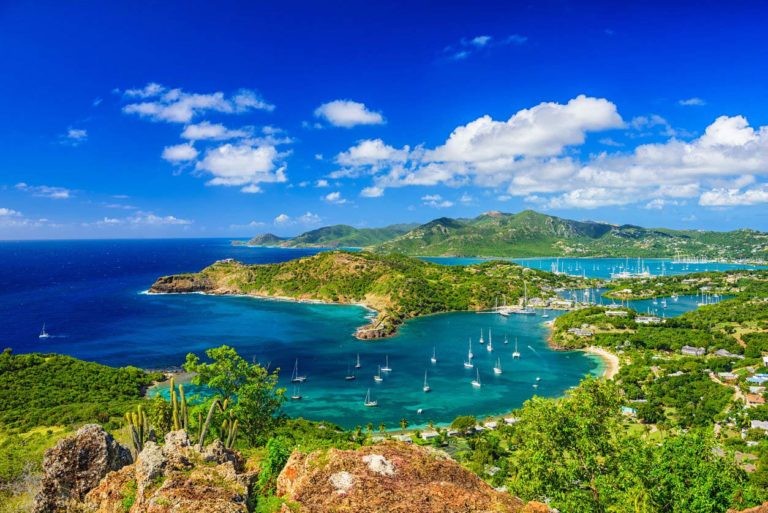
Shirley Heights Lookout is a popular spot for locals and tourists to gather on Sunday afternoons for afternoon parties and barbecues with live music. The lookout offers an amazing view of the Caribbean Sea and most of the island, including St. John's, English Harbour, parts of Bedeque Bay, Carlisle Bay, Antigua Yacht Club Marina, Admiralty Bay and Englishman's Bay.
The lookout was built in 1773 by Sir Thomas Shirley as a watchtower from which he could survey his property at Shirley Heights which was one of the largest sugar plantations in the British West Indies at that time.
Nelson's Dockyard
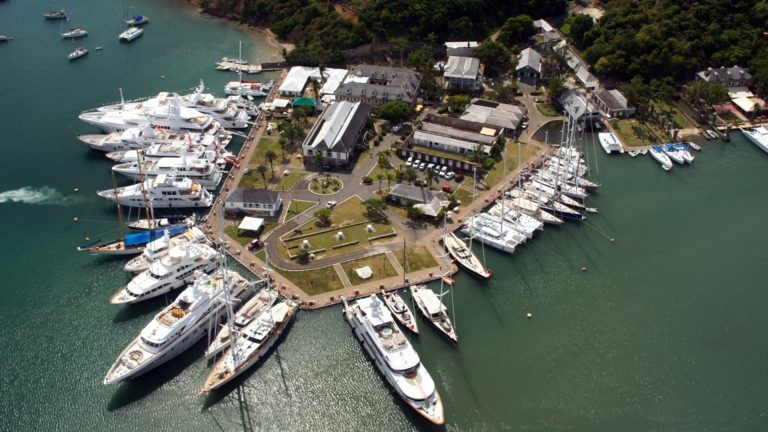
In 1745, the British Navy established Nelson's Dockyard on English Harbor in Antigua. The base was established by Commodore Horatio Nelson when he was sent to Antigua as commander of the Leeward Islands fleet. Today, the dockyard is a UNESCO World Heritage Site and is considered one of the most complete 18th century dockyards in existence. Expect an extensively restored marina dating back to the Georgian era that has been in operation since 1745 without a day of stall! Also worth visiting is the Dockyard Museum, where you can find handy details about life at the forts and the history of Antigua and Barbuda, as well as plenty of trinkets, such as a Nelson’s telescope!
The Caribbean National Park
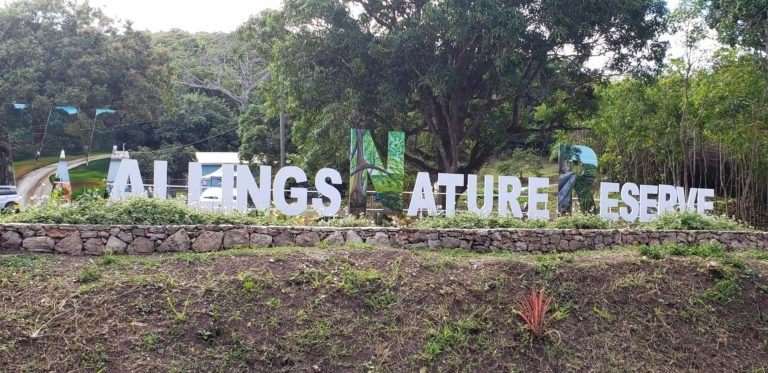
The Caribbean National Park might be the only national park in all of Antigua and Barbuda, but it has everything to make you fall in love with the local flora and fauna. It's located on the island of Barbuda and covers an area of approximately 100 square kilometres. Established in 1981 as a UNESCO World Heritage Site under their list of Natural Biosphere Reserves, the Caribbean National Park is worth every minute of your time as it is home to extremely unique ecological systems. As for its core mission, it is to protect pristine and unspoiled areas within the island from development and exploitation by humans.
Amerindian Ceremonial Site

Located near Betty's Hope Plantation Sugar Mill Ruins, the Amerindian Ceremonial Site is an astoundingly well-preserved set of stone structures historically used by indigenous peoples of Antigua. The site was excavated in 1968-69 by the University of California at Berkeley under John Ferguson and David K. Adams, and consists of two mounds and several stone walls (some over 5 metres tall). The mounds are thought to be burial sites; their exact purpose remains unknown but they may have been used as ceremonial centres or ball courts similar to those found throughout Central America, Mexico and South America.
The St. John's Cathedral
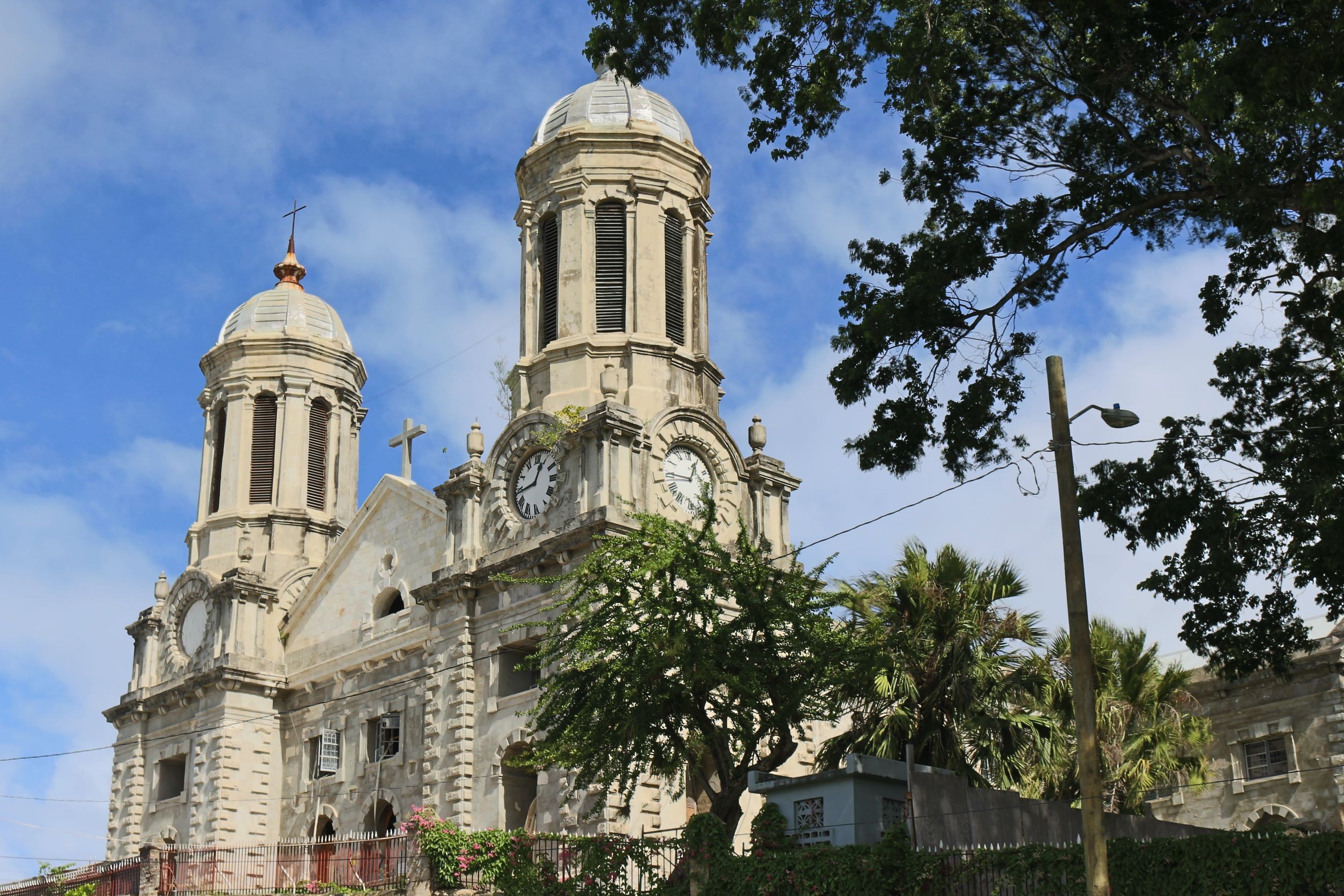
The St. John's Cathedral is an Anglican church which stands at the centre of historic St. John's in Antigua and is considered one of the most architecturally significant buildings in all of Antigua and Barbuda. The cathedral was designed by Sir Christopher Wren and constructed between 1680 and 1687. Its impressive architecture consists of five jaw-dropping domes that are supported by columns made from stone imported from Italy, as well as two imposing bell towers which were added later on in 1802 by Thomas Halford who also added clocks to each tower.
The interior contains many statues depicting biblical scenes along with other religious figures such as Saint John himself who can be seen holding his book "Revelations" while also pointing out at a star above him (which symbolises Jesus). His wife, Mary, can be seen holding onto her husband's arm while wearing blue attire similar to her husband's clothing except hers has yellow stripes instead; both figures are located near the entrance doors where visitors enter into this building every day when visiting this sacred space.
There are numerous things that you can learn about the islands during your time spent inside these walls – whether it be reading about them on plaques located throughout rooms like "The Lady Chapel" or simply looking up towards their ceiling where they'll see images depicted within stained glass windows like those found within Churches back home.




